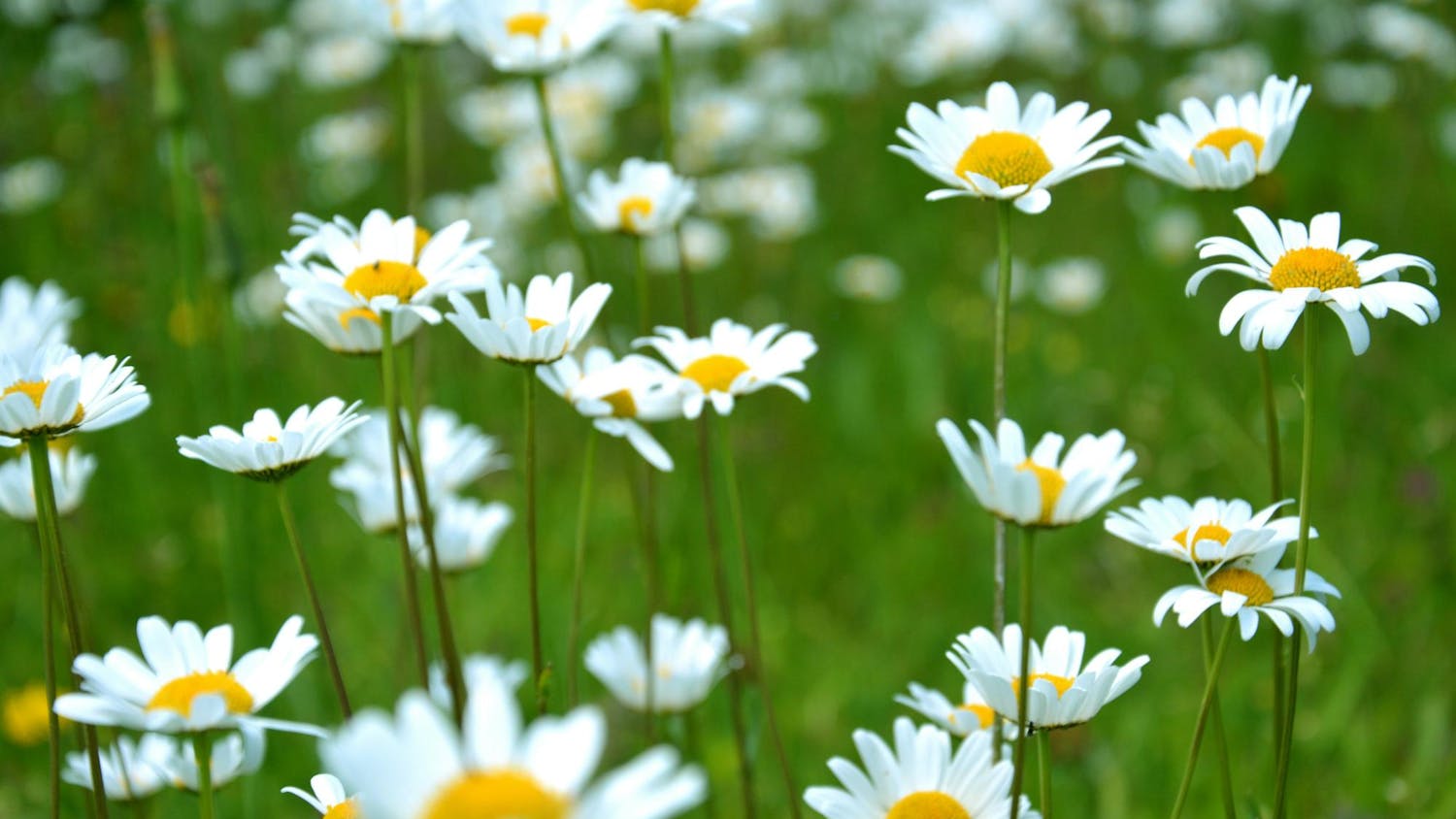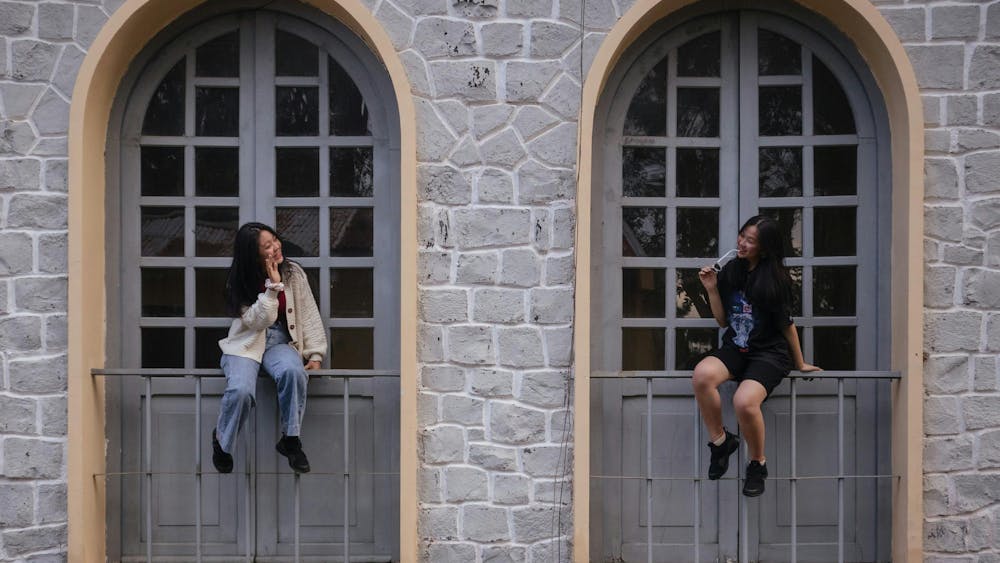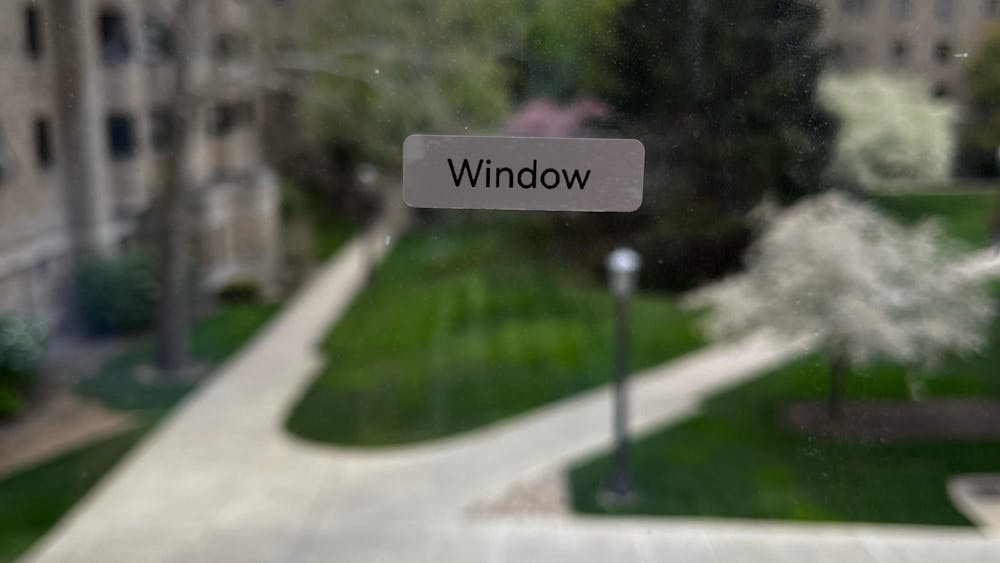This past weekend found myself and four other colleagues from the London program in Munich, Germany, for what was actually my first trip since spring break. Munich is located in the region of Germany known as Bavaria, which is famous for its lederhosen (think goofy shorts and suspenders), hospitality and above all, beer. A guidebook that I had picked up beforehand alerted me to the fact that Bavarians tend to wear their lederhosen every time they go out and, with an average annual consumption of 170 liters per capita, the people of the region drink the most beer of any people in the world. Needless to say, I wasn’t quite sure what I had signed up for when we landed at Munich Flughafen to begin our weekend.
While Munich may be known for its interesting sense of style and prodigious ability to consume vast amounts of alcohol, it quickly became apparent that there was much more to the city than met the eye initially. Highlights of our time there included seeing the Glockenspiel on City Hall come to life at noon, visiting Bavaria’s royal biergarten Hofbrauhaus, meandering around the Olympic Park created for the 1972 Games and visiting BMW’s factory on the outskirts of the city. The city was charming, very accessible and helpful in facilitating tourism while still maintaining a sense of the city’s importance outside the tourist trade.
However, the most striking and rewarding experience of my weekend in Germany came this past Saturday, when our group of five ventured south into the Bavarian Alps in order to see the fabled Neuschwanstein Castle. This side trip had only appeared on our radar thanks to some prior visitors who had informed our group that, despite the location, the castle was not to be missed. They could not have been more accurate.
The journey to reach Neuschwanstein is a story in its own right. The train from Munich to a town called Fussen takes two hours and, for an hour and 30 minutes of those two hours, runs across non-descript Bavarian plains.
Suddenly, the Bavarian Alps rose from the ground like snow-covered sentinels as the train wound its way through them for the last half hour in order to reach Fussen. From Fussen, it’s a five kilometer walk or bus ride to the castle. We chose to walk, and were rewarded an hour later with tired legs and one more kilometer to go, yet nary a sight of the castle built by artist-king of Bavaria, Ludwig II.
When we rounded the umpteenth corner of our walk, we were rewarded with a sight, which succeeded in stealing any breath which the thin Alpine air hadn’t already taken. The castle itself perched precariously on a rock outcrop and looking every inch the inspiration for Disney’s Cinderella Castle that it’s purported to be. It’s impossible to describe how picturesque the castle and surrounding area were, but I have, by a vast margin, more photographs of Neuschwanstein Castle than any other place I’ve been so far.
However, the fairy tale setting has its own tragedy, as King Ludwig II, the driving force behind its splendor and mind-boggling location, was regarded as a lunatic and was forced out of power before the castle was completed to his specifications. Ludwig, an artist and romantic more than a practical ruler, spent vast amounts of money on the castle and amassed considerable debts, which led to his removal from the Bavarian throne via the results of a psychiatric test, and ultimately the failure to complete his masterpiece of Gothic architecture.
The castle that stands today, despite its unfinished character, is by far the most impressive engineering and architectural feat that I’ve ever seen. More than that though, it is a testament to the human imagination and the impact that one person’s dream is capable of achieving, from a remote corner of the Bavarian Alps to influencing millions of tourists who walk down Disney’s Main Street, U.S.A.













